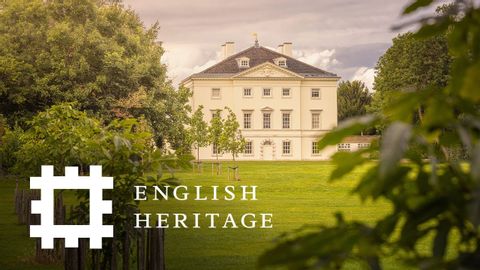大理石山--幕後花絮 (Marble Hill - behind the scenes)
Summer 發佈於 2022 年 08 月 06 日  沒有此條件下的單字
沒有此條件下的單字US /ˈslaɪtli/
・
UK /ˈslaɪtli/
US /ˈenʃənt/
・
UK /'eɪnʃənt/
US /ɪkˈspɪriəns/
・
UK /ɪk'spɪərɪəns/
- n. (c.)經驗;(學到東西的)經驗;經驗;經歷
- n. (c./u.)經驗;經歷;工作經驗
- v.t./i.經歷;體驗
US /kəmˈpliːtli/
・
UK /kəmˈpli:tli/
